Table of Contents
Introduction
Biodynamic farming has increasingly become a topic of interest in recent years as one of the most sustainable, holistic, and regenerative forms of farming.
In contrast to traditional methods that aim mainly to increase yields, biodynamic farming considers the farm itself to be a living ecosystem in which soil, plants, animals, and even cosmic energies interact harmoniously.
This novel method, grounded in science and spirituality, is superior to organic farming as it focuses on the balancing of natural energies and nature’s cyclical behavior. Biodynamic farmers typically observe greater soil fertility, greater crop resilience, and greater biodiversity on their farms.
Parallel to this is another forceful farming movement—permaculture farming. Whereas biodynamic agriculture focuses on cosmic cycles, soil life, and closed nutrient loops, permaculture agriculture seeks to design farming systems to imitate natural ecosystems.
Each method has its own special complementarity. By incorporating permaculture practices in biodynamic cultivation, growers can not only improve productivity but also develop farms that are climate-resilient, environmentally sustainable, and economically sustainable in the long term.
The increasing popularity of these sustainable agriculture practices is not by chance. With the increasing concern about land degradation, the misuse of chemicals, and global warming, farmers and scientists are in search of solutions that heal the soil rather than deplete it.
Biodynamic farming, coupled with the design principles of permaculture farming, presents just that—a tried and tested approach to regenerative agriculture.
This blog delves into five effective and time-tested methods through which permaculture farming augments biodynamic farming, supplemented with real-life examples, methods, and tips that can be used by farmers and students in their own fields.
Advantages of Permaculture Farming in Augmenting Biodynamic Cultivation
Both biodynamic farming and permaculture farming have strong individual strengths when it comes to sustainable agriculture. But when these two approaches are allied, they make a farming system profoundly regenerative, extremely resilient, and inimitably productive.
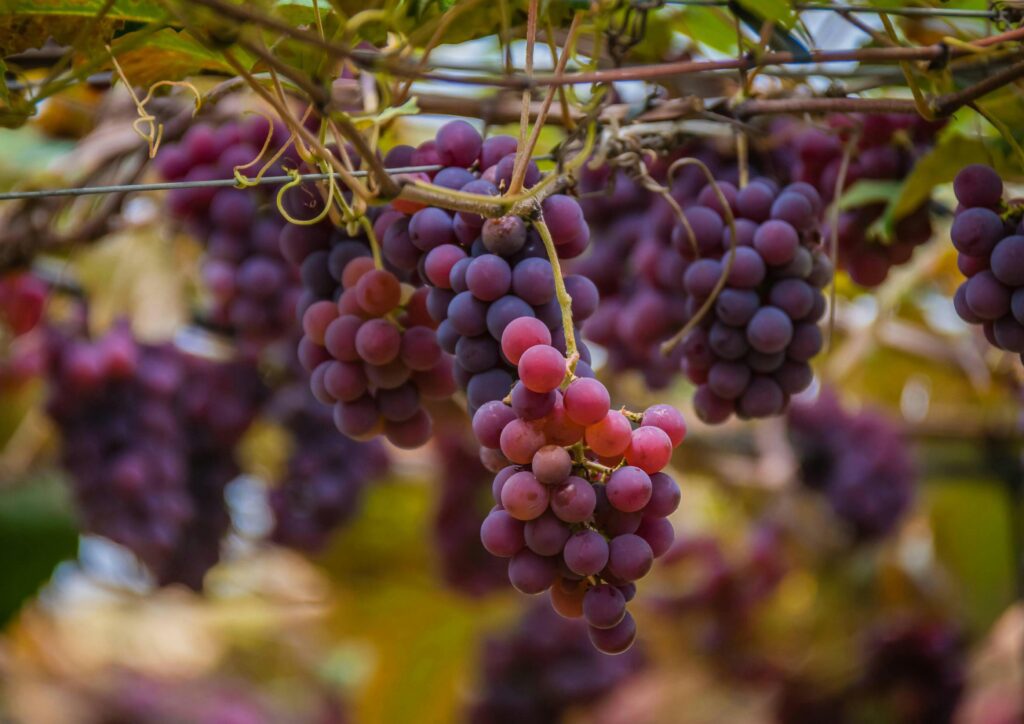
Permaculture principles render biodynamic farming more flexible toward adopting contemporary agricultural issues while preserving the soul of soil fertility, crop diversity, and ecological harmony.
Here are the five effective and tested ways in which permaculture agriculture enhances biodynamic farming practices.
1. Developing Soil Fertility through Natural Cycles
One of the strongest features of biodynamic farming is keeping the soil alive, as a healthy soil automatically results in healthy crops. Permaculture farming takes it one step further by making natural nutrient cycles within the farm.
Methods like composting, mulching, and using nitrogen-fixing plants produce a constant recycling of organic material back into the soil. For example, using legumes as accompanying plants for biodynamic crops enriches the nitrogen content and minimizes the need for external inputs.
This is in direct alignment with the biodynamic process of building a closed-loop farm where waste is avoided, and resources are cycled. Biodynamic farmers can notice healthier root systems, increased yields, and a better texture in the soil when these permaculture practices are followed regularly.
Permaculture essentially makes biodynamic farming more efficient by keeping the soil alive, fertile, and sustainable over generations.
2. Optimizing Water Management and Irrigation
Water is among the most valuable resources in farming, and biodynamic farming is dependent on effective use of natural factors. Permaculture farming offers cutting-edge techniques like swales, rainwater collection, and contour planting that maximize water usage while minimizing wastage.
These techniques ensure rainwater percolates into the soil, recharges aquifers underground, and minimizes soil erosion. In biodynamic farming, soil moisture is important for maintaining crop balance.
The use of permaculture water strategies in such a system ensures that drought stress does not hit and crop resilience is maintained even with uncharacteristic weather patterns.
For instance, the vineyard that operates based on biodynamic farming can incorporate permaculture systems for water storage so that consistent watering will be provided during dry periods. By combining the two approaches, not only is water conserved but also agriculture becomes more climate-resilient.
3. Enhancing Biodiversity and Ecosystem Equilibrium
Biodynamic farming highly appreciates the interdependence of all life forms on the farm, ranging from microorganisms in the soil to birds, bees, and livestock. Permaculture farming enhances this through diversity-enhancing polyculture planting, food forests, and habitat establishment.
Rather than monoculture fields, permaculture-based biodynamic farming flourishes with mixed cropping, companion planting, and tree incorporation into farmlands. This method gives natural pest management, enhances pollination, and brings about a balanced ecological system.
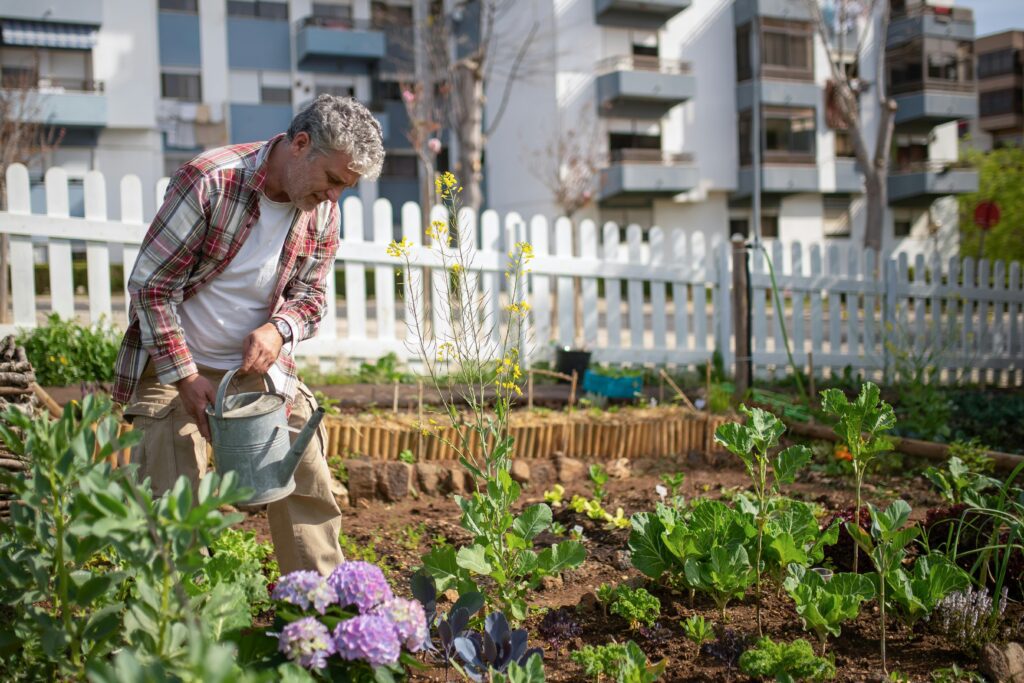
For instance, interspersing vegetables with herbs such as marigold or basil will deter pests while also maintaining the ecosystem of the farm.
Through enhanced biodiversity, permaculture methods cause biodynamic farms to act as self-sustaining systems with lower inputs, less risk of disease, and healthier crops.
4. Minimizing Chemicals and External Inputs
One of the central promises of biodynamic farming is chemical-free culture. But the key to doing so consistently is having practical methods to control pests, weeds, and fertility that don’t depend on synthetic chemicals.
Permaculture farming has excellent tools to do this, including natural pest control plants, green manures, and the integration of livestock. For example, chickens or ducks can be added to biodynamic farming fields to manage pests such as insects and snails and amend the soil with manure.
In the same manner, permaculture gardens support companion planting, where healthy-scented plants repel detrimental pests through natural methods. All these reduce the input cost, are consistent with the spirituality and ecological vision of biodynamic farming, and improve the long-term viability of the farm.
Farmers who take on both methods not only safeguard their soil and crops but also provide healthier produce to consumers.
5. Enhancing Climate Resilience and Long-Term Sustainability
Most notably, one of the most powerful advantages of incorporating permaculture farming within biodynamic cultivation is its resilience against climate change.
Catastrophic weather events like floods, droughts, and heatwaves are increasingly becoming the order of the day, and farms require adaptive strategies. Permaculture aims at the creation of landscapes that harvest energy, retain water, and conserve resources.
When integrated with biodynamic agriculture, this produces farms that are more resilient to environmental stress. Agroforestry, for instance, a central permaculture practice, assists biodynamic farms to minimize heat stress, enhance retention of soil moisture, and produce wind buffers.
These climate-resilient designs not only defend crops but also guarantee long-term economic and ecological sustainability. By combining the best of both systems, farmers are able to create a future-proof model of agriculture that transcends mere survival to authentic regeneration.
Methods for Incorporating Permaculture Farming into Biodynamic Farming
Biodynamic cultivation succeeds on natural cycles, earth health, and cosmic rhythms but becomes even more feasible and productive when its practices are married to the design principles of permaculture farming.
Farmers who use both methods can develop systems that not only sustain themselves but are also efficient and responsive to the local situation. Following are some successful techniques illustrating how the practices of permaculture farming improve biodynamic cultivation in actual farming systems.
1. Green Manures and Composting
Composting is a foundation of biodynamic farming since it adds nutrients to soil in the form of organic matter and live microorganisms. Permaculture agriculture expands on this method by incorporating green manures—green crops such as clover, vetch, and mustard that are planted and later plowed into the soil.
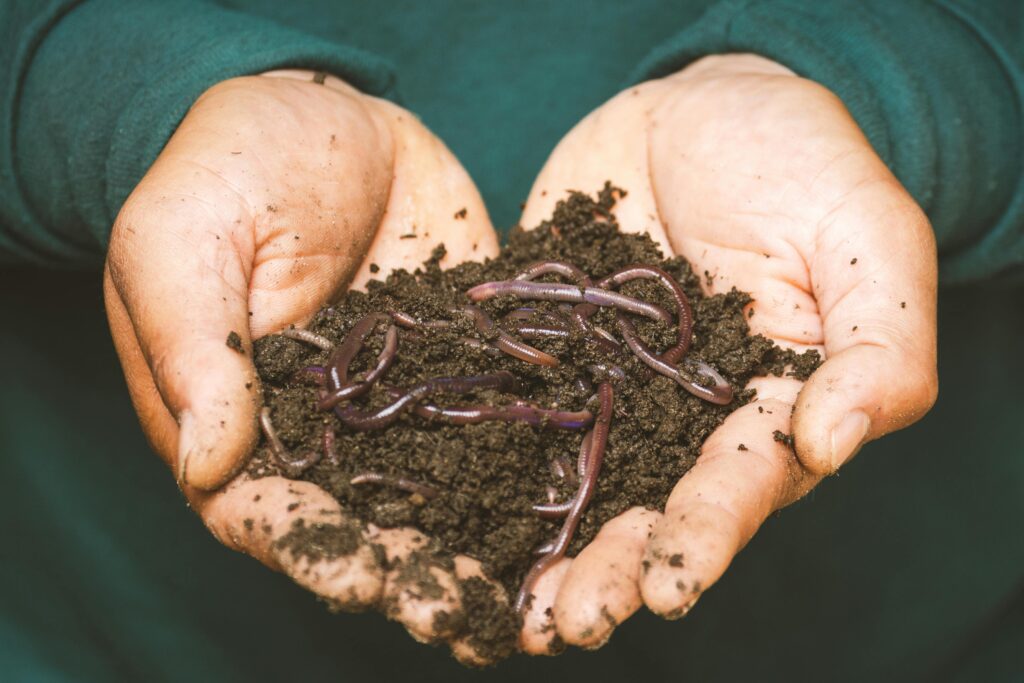
These plants naturally enhance nitrogen content, introduce organic carbon, and promote microbial richness. When composting is integrated with green manure systems, farmers realize quicker soil health regeneration.
In biodynamic farming, this translates to nutrient-dense soils that enhance crop resilience and taste. For instance, vineyards applying biodynamic farming practices tend to have healthier vines and more fragrant grapes when composting and cover cropping are done in conjunction.
This technique recycles nutrients and seals the loop by closing off the need for external fertilizers.
2. Water Harvesting and Contour Planting
Water management is perhaps the most serious of the biodynamic farming requirements, as natural rainfall regimes become more and more unpredictable.
Permaculture agriculture offers methods like swales—shallow trenches dug at the contour line of the land—that harvest rainwater and let it trickle into the earth. Not only does this slow down erosion but also provide moisture long-term.
Contour planting is a second permaculture approach, where plants are sown on natural land contours to avoid runoff and enhance infiltration. When blended with biodynamic farming, farms become more drought- and flood-resistant.
Small-scale vegetable farmers employing biodynamic farming, for example, have implemented contour swales to maintain crop health in droughts without extensive use of irrigation. This approach aids soil conservation as well as efficient water utilization.
3. Companion Planting and Polyculture
Biodynamic farming focuses on harmony in the ecosystem, and permaculture farming extends this harmony through polyculture and companion planting. Rather than producing one crop, polyculture combines several species in one location, replicating nature.
Companion planting goes even further by pairing crops for mutual benefit. Basil planted with tomatoes enhances flavor and repels pests, and marigolds minimize nematode damage. This diversity enhances biodynamic cultivation’s resilience by minimizing pest epidemics and enhancing soil quality.
Contrary to monocultures, which tend to invite pests and diseases, biodynamic farming with polyculture benefits from natural pest control, increased pollination, and balanced nutrient supply cycles. The farmer also enjoys diversified yields, thus cutting financial risks incurred when practicing monoculture.
4. Incorporating Livestock within Agricultural Systems
Livestock are an integral part of biodynamic farming because they provide manure, aid nutrient cycles, and farm biodiversity. Permaculture agriculture further develops this method by creating systems in which animals have multiple functions.
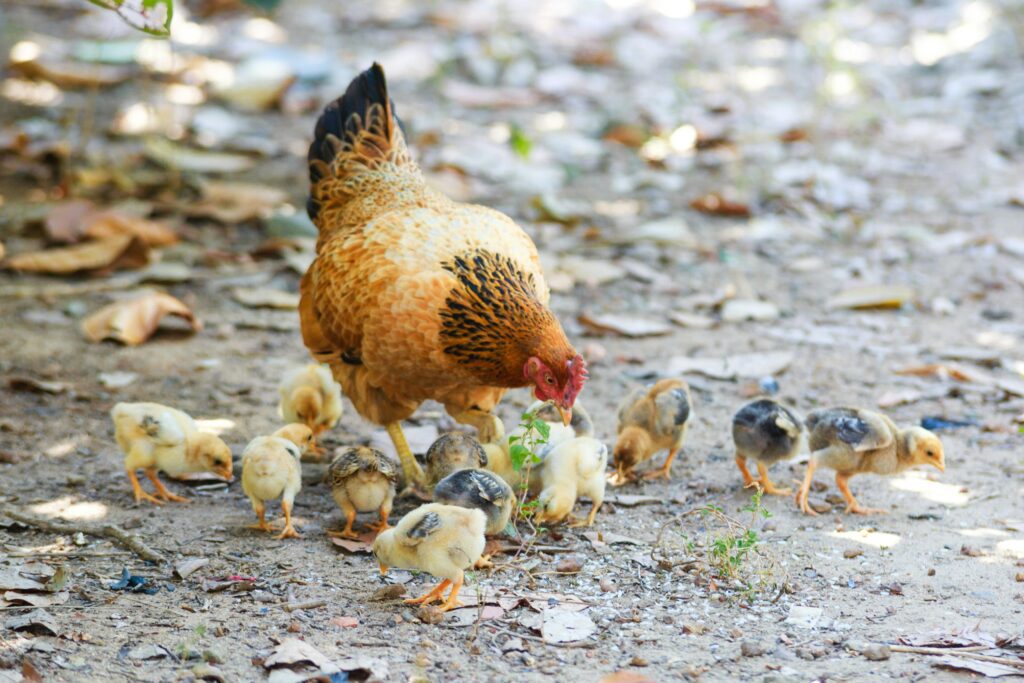
Chickens, for example, can suppress insects while giving eggs, ducks suppress snails in rice fields, and goats can suppress weeds. Incorporating livestock in biodynamic farming maintains a constant nutrient cycle and cuts down on reliance on outside inputs.
This not only augments soil fertility but also fortifies the ecological equilibrium of the farm. An example that works is biodynamic orchards where sheep are let into pastures beneath fruit trees—keeping the grass trimmed, naturally fertilizing the ground, and enhancing tree quality.
By combining these approaches, farmers find a closed-loop system of farming where each component enhances another.
5. Agroforestry and Food Forests
Agroforestry is a very effective permaculture farm technique that synergizes well with biodynamics. It is the practice of planting trees and shrubs into farm fields to establish multi-layered ecosystems.
Food forests, a type of agroforestry, are meant to mimic natural forests by layering fruit trees, shrubs, herbs, and groundcovers. These systems create shade, decrease soil erosion, and offer microclimates that enhance crop yields.
For biodynamic farming, agroforestry increases soil organic matter with leaf litter, maintains pollinators, and enhances climate stress resilience.
For example, coffee farms farmed using biodynamic principles generally embrace the method of shade-grown, where trees not only shield coffee crops but also promote biodiversity. With this method, long-term sustainability is ensured, increased crop diversity, and increased ecological stability.
Farmers can establish resilient ecosystems that rebuild every year by combining biodynamic farming with agroforestry.
Dilemmas Involved in Integrating Permaculture Agriculture and Biodynamic Farming
Although the combination of biodynamic farming and permaculture farming provides many advantages, it also comes with its challenges. The farmers have to adopt these practices to local conditions, deal with start-up costs, and bridge the knowledge gaps.
Knowing the challenges prepares farmers and students for realistic biodynamic farming strategies. Below are some of the most frequent challenges that are encountered while combining these two sustainable production systems.
1. Knowledge and Training Gaps
Biodynamic farming is already specialized, requiring knowledge such as herbal spray preparation, observing lunar calendars, and recognizing soil energy currents. When permaculture farming is added, the learning gradient is higher.
Farmers need to comprehend ecological design, water catchment systems, and polyculture systems, which can be daunting without instruction. In areas where conventional agriculture is prevalent, access to trainers, courses, or local support for biodynamic cultivation is usually not available.
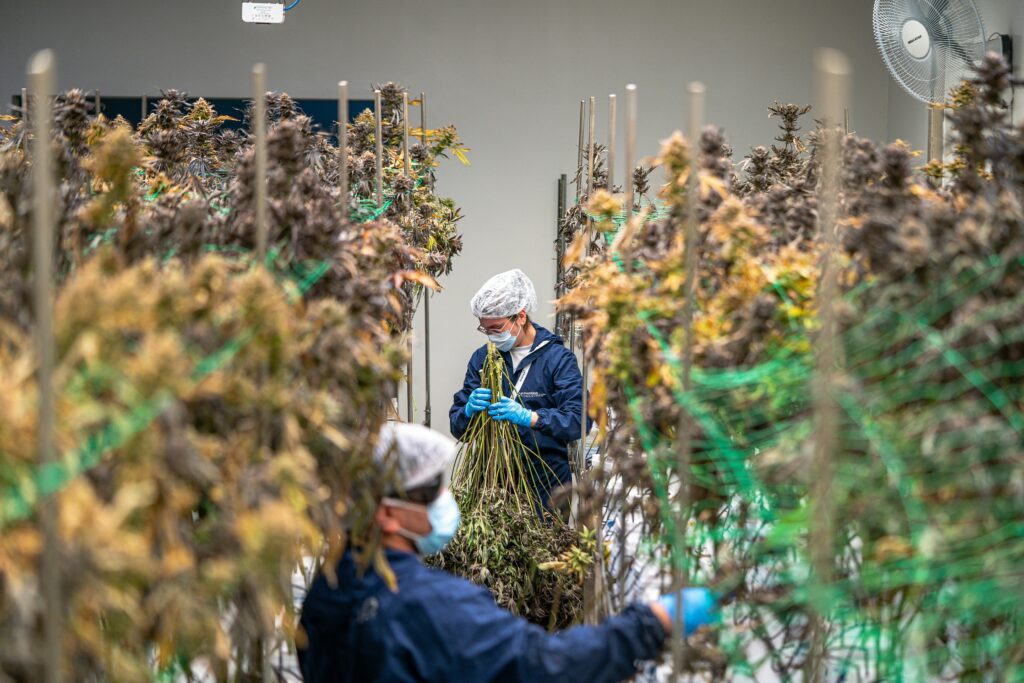
This absence of formal guidance complicates it for small-scale farmers to totally embrace both systems. Therefore, trial and error becomes the primary mode of learning, which can deter farmers in the initial stages.
2. Excessive Initial Labor and Setup Costs
Shifting from conventional farming to biodynamic farming already calls for investment in composting, soil preparations, and crop diversity. The incorporation of permaculture design features like swales, food forests, or integrated livestock systems requires more labor and financial investment.
For instance, contour swale design to harvest water involves physical effort and technical skill. Though these systems pay dividends in the long run and are cost-cutting, initial investment becomes a deterrent, particularly for poor smallholder farmers.
Most farmers who want to implement biodynamic farming are deterred by the initial capital requirements to set up permaculture designs.
3. Market Perception and Consumer Acceptance
While awareness for organic foods is high, biodynamic farming and permaculture farming are not widely known words among consumers. Farmers who put time and effort into biodynamic cultivation find it difficult to explain the value addition of their produce in markets.
For example, organic certification has international recognition, but biodynamic certification does not have the same level of awareness. This restricts the premium price that farmers can command, making them less inclined to invest more in such systems.
In the absence of vigorous consumer demand, farmers cannot easily scale up biodynamic farming with permaculture methods.
4. Time-Consuming Processes
Contrary to traditional agriculture, which tends to provide immediate gains from chemical inputs, biodynamic agriculture requires time to establish ecological balance and soil health.
Permaculture agriculture incorporates additional long-term mechanisms, such as food forest establishment or developing multiculture systems that take years to mature. For instance, an agroforestry system takes five to ten years before it starts yielding significant advantages.
Farmers who anticipate fast returns might be disillusioned. Biodynamic farming is a demanding process that asks for patience, consistency, and commitment—attributes not all farmers are willing to uphold in the face of short-term monetary pressures.
5. Climatic and Regional Constraints
Although both biodynamic farming and permaculture farming are flexible systems, they cannot be used in precisely the same manner everywhere. The climate, soil type, and local challenges affect how these practices can be followed.
For instance, swales might not be effective in very dry areas with no rainfall, whereas companion planting designs must be adapted based on local crops and pests. Farmers who try to implement generic methods without adapting them to the local context typically end up with disappointing outcomes.
Regional sensitivity thus makes biodynamic farming more difficult to scale up and necessitates localized research and innovation.
Solutions to Overcome Permaculture and Biodynamic Farming Challenges
Challenges notwithstanding, there are obvious solutions that can enhance farmers’ effectiveness in adopting biodynamic farming and permaculture farming.
Through the application of a combination of training, local support, budgeting, and localized methods, these sustainable practices can become viable and profitable. Some of the following strategies can assist farmers in overcoming challenges and enhancing biodynamic cultivation results.
1. Training and Education Access
Knowledge is the first step to success. Farmers can gain immensely by learning through workshops, online lectures, and local training programs on biodynamic farming and permaculture farming.
Agricultural universities and NGOs are now providing training modules for these practices, thereby making them more accessible. Learning from the community, where farmers learn from one another, sharing experiences and techniques, is also very effective.
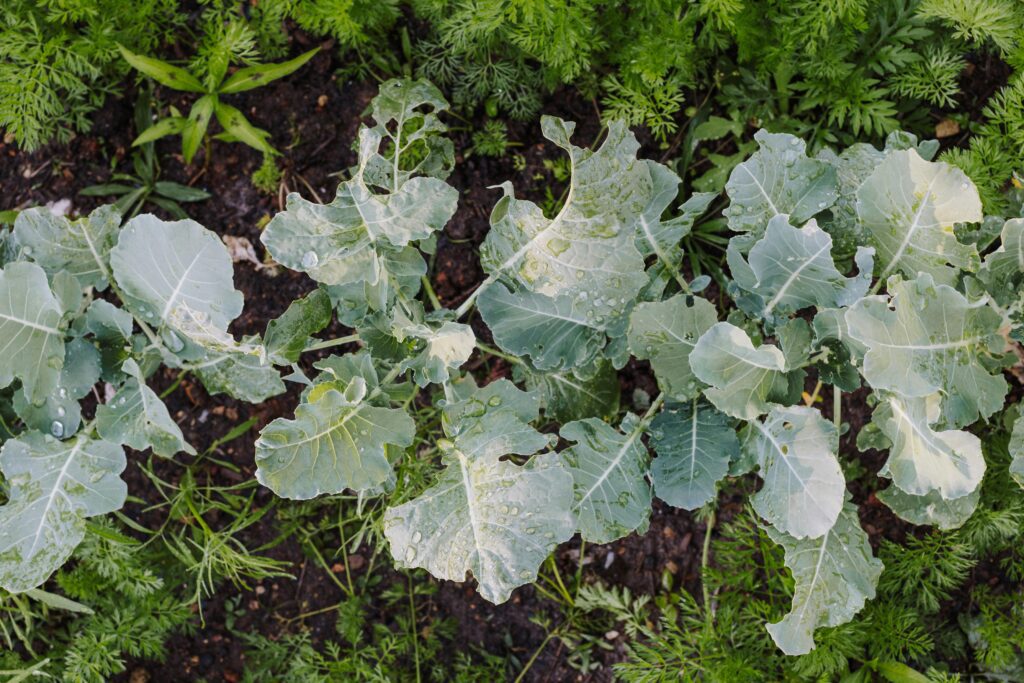
For example, biodynamic farming collectives in India and Europe tend to co-operate among themselves where farmers share seeds, composting practices, and planting schedules. By disseminating knowledge more extensively, the adoption phase is simplified and less daunting for new adherents.
2. Low-Cost, Scalable Models
High startup costs can be minimized by going small. Rather than converting the entire farm simultaneously, farmers can start to try this out in small parcels using biodynamic farming preparations or permaculture designs.
Basic approaches like mulching, composting, and intercropping do not take big investments but provide robust results. Scaling these gradually minimizes economic risk while establishing confidence.
For instance, a farmer would begin by establishing one swale to pilot water harvesting on a biodynamic farming field before scaling the system across the whole farm. This gradual action helps make the change affordable and manageable.
3. Raising Market Awareness
To bridge the gap of low consumer awareness, farmers must emphasize marketing and narrative. Describing the differentials of biodynamic farming and permaculture farming will enable consumers to value the additional benefits.
Farmers’ markets, eco-labels, and direct marketing are useful channels for creating awareness. The projection of advantages like healthier soil, chemical-free fruits and vegetables, and long-term sustainability instills trust in the consumer.
For instance, biodynamic cultivation vineyards tend to highlight the relationship between soil health and wine quality, which resonates with consumers who are health-oriented and environmentally conscious.
Developing local branding campaigns can also assist farmers in obtaining premium prices for their produce.
4. Time Management and Long-Term Planning
Since biodynamic agriculture and permaculture agriculture take time to produce outcomes, long-term planning is necessary. Farmers may plan to balance rapid-yielding crops with slow-growing systems such as agroforestry or food forests.
This secures income stability while long-term activities grow. For example, farmers may plant vegetables or herbs together with young fruit trees in a biodynamic farming system, earning income until the trees start fruiting.
Diversified production enables farmers to remain engaged until larger systems mature. With careful planning and patience, the time spent in these practices is extremely worthwhile in terms of soil health, productivity, and sustainability.
5. Localized and Adaptive Practices
Each area poses its own problems, and the adaptation of methods is the success formula. Biodynamic farming and permaculture farming systems must be designed by farmers based on their soil type, rainfall level, and cultural patterns.
For example, in dry areas, methods such as drip irrigation and shade-based agriculture can be incorporated into biodynamic farming to conserve water. In rainy areas, raised beds and drainage might prove to be more effective.
Collaborating with local agricultural scientists or research centers can avail farmers of specific advice. This localized strategy makes farmers not just replicate models from another area but develop long-term systems optimized for their own setup.
FAQs on Biodynamic Farming and Permaculture Farming
1. How is biodynamic farming different from organic farming?
Biodynamic agriculture extends beyond organic agriculture in that the farm is treated as a living entity where earth, plants, animals, and celestial forces all work together.
Organic agriculture predominantly avoids man-made chemicals, whereas biodynamic agriculture adds specialty practices like lunar planting calendars, herbal preparations, and composting techniques that increase soil vitality and plant quality.
Permaculture agriculture can also enhance this method by providing design tactics such as polyculture cropping and water collection. Combined, they both make biodynamic farming more holistic and sustainable.
For instance, an organic farm might utilize compost for soil health, yet a biodynamic farm incorporates composting with natural cycles and cosmic rhythms, bringing about greater ecological harmony. This spiritual and ecological aspect distinguishes biodynamic farming as a philosophy and practice.
2. In what way does permaculture farming enhance biodynamic cultivation?
Permaculture farming emphasizes creating systems that emulate nature, and this directly reinforces biodynamic farming. Practices such as companion planting, swales, agroforestry, and food forests render farms more robust, diversified, and efficient.
In biodynamic farming, where soil health and closed cycles of nutrients are emphasized, such permaculture techniques offer workable means to ensure long-term sustainability.
An example is the case of biodynamic farms that incorporate permaculture water-harvesting systems being capable of coping with droughts better. In the same way, polyculture designs mitigate pest risks and enhance biodiversity.
By integrating the strengths of each system, farmers build a farm that is not only productive but also regenerative and resilient to climate change.
3. Is biodynamic farming beneficial to small-scale farmers?
Yes, biodynamic farming is extremely appropriate for small-scale farmers, particularly in conjunction with permaculture farming practices. Small-scale farms can readily practice composting, crop rotation, and herbal preparations, which are economical and efficient.
Permaculture farming supplements scalable processes like mulching, intercropping, and home-based food forests that optimize productivity within small spaces. For smallholder farmers, biodynamic farming minimizes reliance on costly chemical inputs and enhances soil fertility and the health of crops.
To illustrate, a small vegetable producer using biodynamic farming can add permaculture techniques such as raised beds and companion planting to maximize yields and minimize pests. This makes the system both environmentally friendly and economically feasible for small-scale agriculture.
4. What are the economic benefits of biodynamic cultivation?
Biodynamic agriculture delivers several economic advantages through minimized input costs, enhanced soil fertility, and superior-quality produce.
In contrast to the chemical-based system that demands repeated outlays of funds for fertilizers and pesticides, biodynamic cultivation only makes use of natural preparations, compost, and cycles in nature. This reduces long-term expenses and creates soil health that ensures greater yields in the long run.
When permaculture farming practices like polyculture and integrated livestock are included, farmers increase their production and income diversification. For instance, a biodynamic orchard that incorporates permaculture livestock integration not only yields fruits but also derives income from dairy or eggs.
Further, there is increasing consumer demand for biodynamic and permaculture-grown produce, enabling farmers to secure premium prices for their produce in specialized markets.
5. Can biodynamic farming and permaculture farming combat climate change?
Indeed, permaculture farming and biodynamic farming are both very important in responding to climate change. Biodynamic farming enhances soil organic matter, which sequesters and stores carbon and keeps the greenhouse gases low.
Permaculture farming adds its bit by creating climate-resilient landscapes, for example, agroforestry systems that shade, control erosion, and promote biodiversity. They both form farms that are very resilient to extreme weather conditions like floods and droughts.
For example, biodynamic farms that implement permaculture agroforestry not only produce food but also rehabilitate ecosystems by cultivating carbon-sequestering trees. These practices decrease dependence on fossil fuel-based inputs, minimize emissions, and help maintain long-term ecological equilibrium.
By implementing both systems, farmers are directly contributing to climate action while keeping their farms productive and sustainable.
Conclusion
Biodynamic farming is not only a farming technique; it is a systemic philosophy that takes care of the soil, the farmer, and the consumer. By adopting permaculture farming techniques into biodynamic cultivation, the system is fortified, resilient, and rewarding.
Combined, these methods enrich soil health, biodiversity, food quality, and climate resilience in farms. The five established advantages—soil fertility, increased yields, biodiversity, climate resilience, and economic sustainability—demonstrate how this synergy provides a harmonious farming ecosystem.
For farmers, the word is out: taking up biodynamic farming with permaculture aspects is not just good for the environment but also financially prudent. Students and scientists can also view it as a future-oriented solution for sustainable farming.
Consumers, too, have a role to play by buying biodynamic cultivation produce, thus promoting more farmers to shift to this practice.
The road to sustainable agriculture takes vision, patience, and understanding, and biodynamic agriculture offers all three. Whether you seek an agricultural system that sustains nature and secures the livelihood of people, this is the way of the future.
The moment is right to take up these powerful and tested methods and work towards a future where agriculture is productive and in harmony with the earth.
